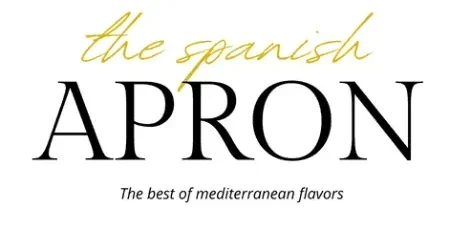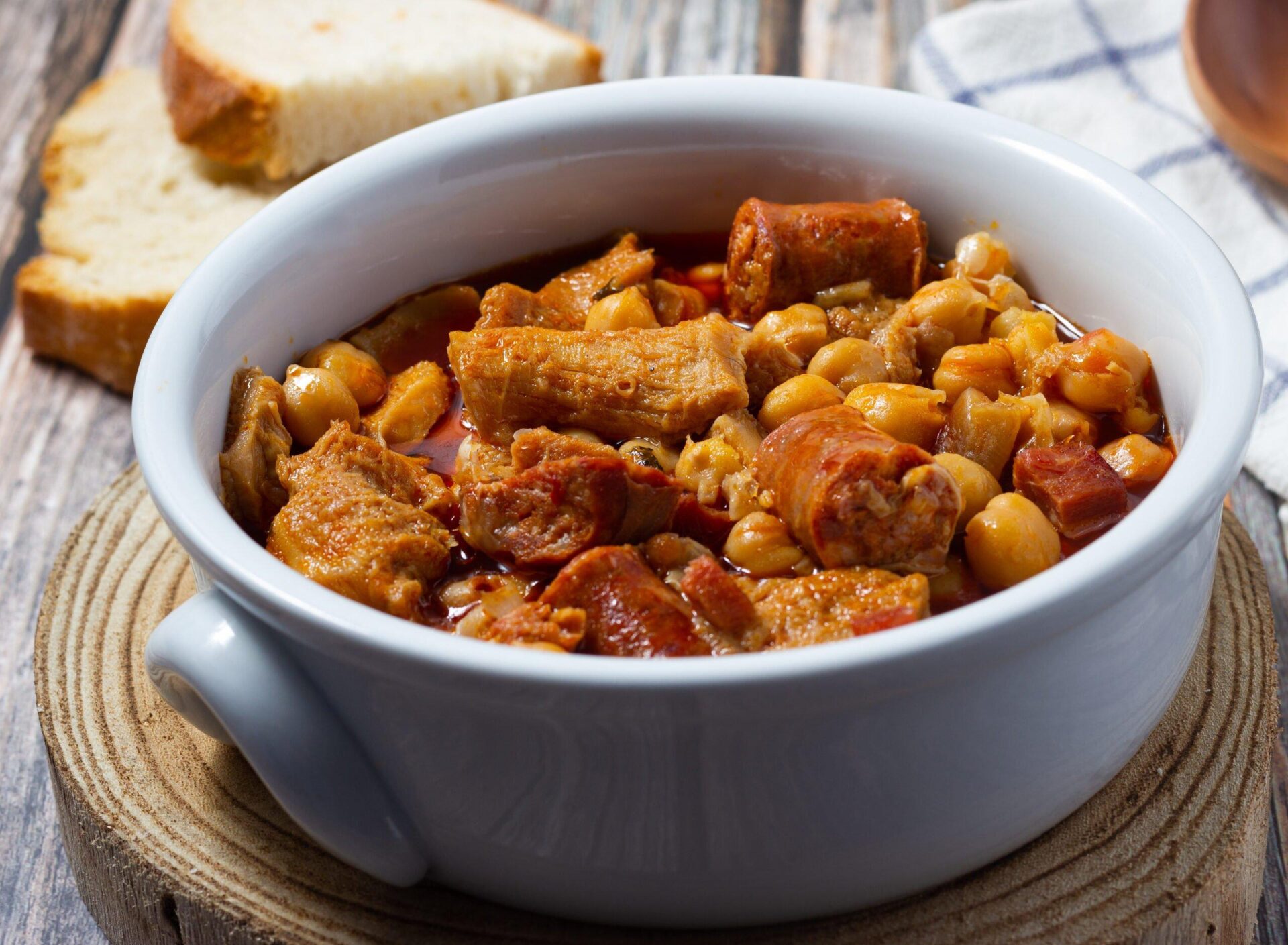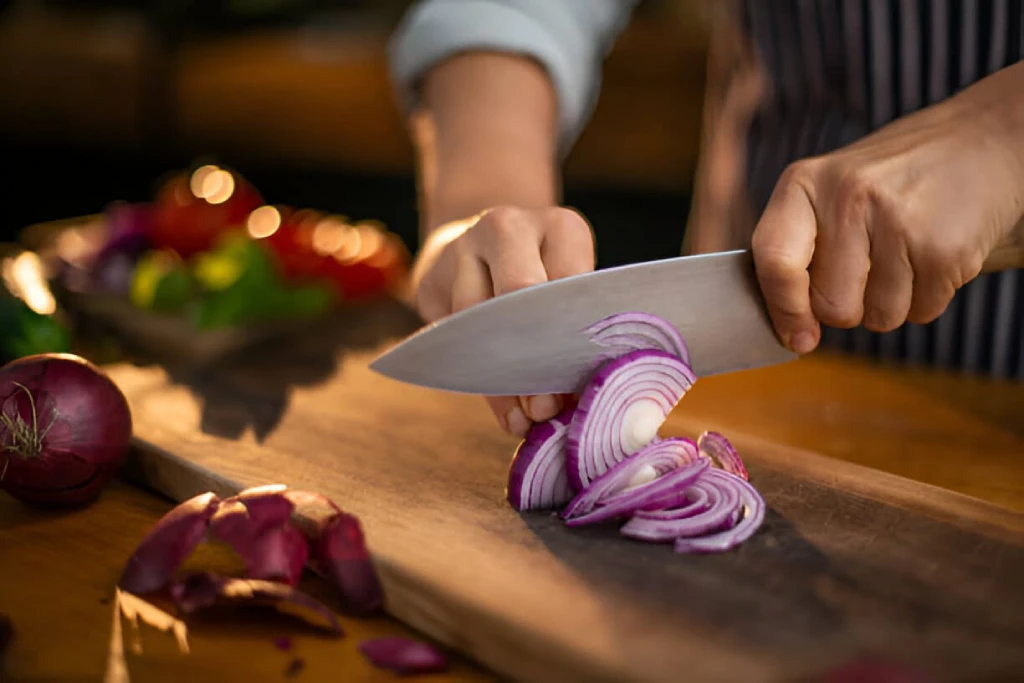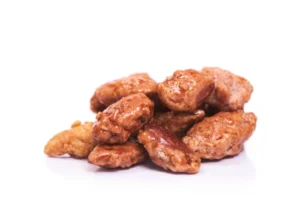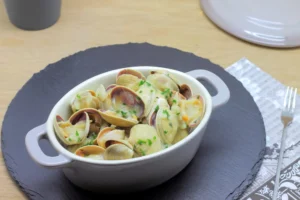Discover the fascinating history, delightful variations, and expert tips and tricks for preparing the renowned dish, Spanish Callos. With its rich flavors and unique combination of ingredients, including beef tripe, this dish has captivated palates for centuries. Join us as we delve into the origins of Callos, explore its variations, and uncover valuable insights to master your own authentic Spanish Callos recipe.
Table of Contents
History and Significance of Spanish Callos
Callos boasts a deep-rooted history that dates back to the 16th century in Spain. Originally considered a rustic peasant dish, it eventually gained popularity nationwide and became a cherished culinary tradition. Callos, derived from the Spanish word for tripe, refers to the main ingredient used in the dish. Tripe, specifically beef tripe, forms the heart and soul of this flavorful recipe, creating a hearty and comforting dish that celebrates humble ingredients.
Variations and Regional Twists of the Authentic Callos Recipe
While the core elements of Callos remain consistent, regional variations add unique characteristics to the dish. One popular variant is Callos a la Madrilena, originating from Madrid. This version incorporates chorizo de Bilbao, infusing the dish with a smoky and spicy undertone. Additional meats such as pork or veal may be included in other regions, introducing diverse textures and flavors.
A Stew Lover’s Journey
Callos is a beloved Spanish stew, but there’s a world of other flavorful stews to discover. Explore these regional specialties:
- Fabada Asturiana: This rich bean stew from Asturias offers a hearty and comforting counterpart to callos.
- Cocido Madrileño: While similar in some aspects, this Madrid-style stew features different cuts of meat and vegetables, providing a flavorful comparison.
- Potaje de Garbanzos: This chickpea stew offers a lighter alternative to callos, with a more delicate flavor profile.
Tips and Tricks for this Perfect Callos a la Madrileña Recipe:
- Tripe Preparation: Properly cleaning and blanching the beef tripe is essential to ensure tenderness. Removing excess fat and simmering it with aromatics like onions and garlic helps to eliminate any potential strong odors.
- Slow Cooking: Allow Callos to simmer over low heat for an extended period, allowing the flavors to meld beautifully. This slow-cooking technique ensures tender tripe and allows the sauce to thicken, intensifying the overall taste.
- Flavorful Seasonings: Classic Spanish Callos recipes often incorporate paprika, cumin, and bay leaf for a distinctive taste. Adjust the seasoning according to personal preference, adding depth and complexity to the dish.
- Serving Suggestions: Serve Spanish Callos with crusty bread, allowing diners to relish the savory sauce. Alternatively, pair it with rice or even experiment with side dishes like roasted vegetables to complement the robust flavors.
Nutritional Benefits of this Callos Recipe Spanish Style
Callos, while flavorful, is not typically considered a health food due to its high-fat content from the tripe and often includes fatty meats like chorizo. However, it does offer some nutritional benefits.
- Protein: The tripe and chickpeas are good sources of protein, essential for muscle growth and repair.
- Fiber: Chickpeas are rich in fiber, aiding digestion and promoting satiety.
- Vitamins and Minerals: While specific nutrient content varies, callos can provide some vitamins and minerals found in the vegetables and legumes used in the dish.
It’s important to note that the overall nutritional value of callos depends heavily on the specific ingredients and cooking methods used.
Frequently Asked Questions About Spanish Callos
What are callos?
Callos are a traditional Spanish dish, especially popular in Madrid, made with different parts of the cow’s stomach. They are highly appreciated for their intense flavor and characteristic texture.
Why do callos have a strong smell?
The strong smell of callos is due to their origin. However, with proper cleaning and cooking, this smell is significantly reduced and transformed into a very pleasant flavor.
How are callos cleaned?
Cleaning callos requires patience and care. They are usually soaked several times in cold water with vinegar to remove any impurities. Afterward, they are washed thoroughly with plenty of water and scraped to remove the outer layer.
What is the difference between callos and menudo?
Callos and menudo are both hearty stews made with tripe, but they have distinct characteristics:
Texture: Callos has a gelatinous texture due to the slow cooking of the tripe, while menudo is thicker and heartier due to the addition of grains.
Ingredients: Callos typically include more meat products and smoked spices, while menudo often contains grains like hominy or chickpeas and fresh spices.
Flavor: Callos have a more intense and smoky flavor, while menudo is lighter and fresher.
What ingredients are needed to make callos?
The basic ingredients for Spanish callos are tripe, cow’s snout, chorizo, blood sausage, onion, garlic, paprika, bay leaf, and broth.
Can callos be frozen?
Yes, callos can be frozen both cooked and raw. If you freeze them cooked, make sure they are completely cold before placing them in the freezer.
Are callos a very high-calorie dish?
Callos, being a stew made with meat and fat, can be considered a high-calorie dish. However, being a traditional dish made with natural ingredients, it can be part of a balanced diet if consumed in moderation.
Spanish Callos, with its historical significance and versatile variations, continues to be a beloved dish among food enthusiasts. By embracing the traditional use of beef tripe and following expert tips and tricks, you can recreate an authentic and mouthwatering Spanish Callos recipe in your kitchen. Delight in the harmonious blend of flavors, textures, and aromas that make this dish an enduring classic in Spanish cuisine.
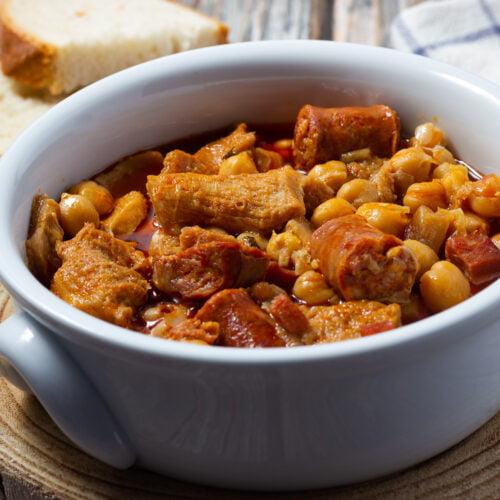
Discover The Authentic Spanish Callos in 5 Easy Steps
Ingredients
- 500 g Beef tripe, cleaned and cut into small pieces
- 250 g Chorizo sausage sliced
- 250 g Morcilla sausage (blood sausage) sliced
- 250 g Beef shank cut into small pieces
- 250 g Chickpeas previously soaked
- 2 Onions
- 4 Garlic cloves
- 1 Red bell pepper
- 1 Green bell pepper
- 2 Ripe tometoes
- 1 tsp Paprika
- 1 tsp Cumin
- 1 Bay leaf
- Salt and pepper to taste
- Olive oil
- 1 liter Beef stock
Instructions
- In a large pot, heat olive oil over medium-high heat. Add the onions, garlic, and bell peppers and sauté for about 5 minutes until softened.
- Add the tripe, chorizo, morcilla, and beef shank to the pot and cook for another 10 minutes until browned.
- Add the chopped tomatoes, paprika, cumin, bay leaf, chickpeas, and season with salt and pepper to taste. Cook for another 5 minutes.
- Pour in the beef stock and bring to a boil. Reduce the heat to low and let simmer for 2-3 hours until the tripe is tender and the sauce has thickened.
- Serve hot with crusty bread or over rice.
